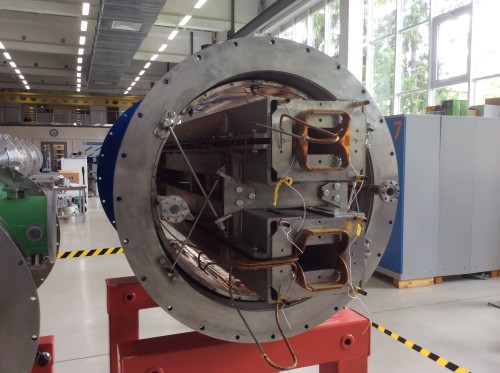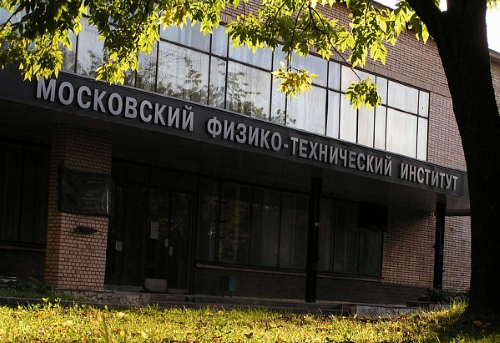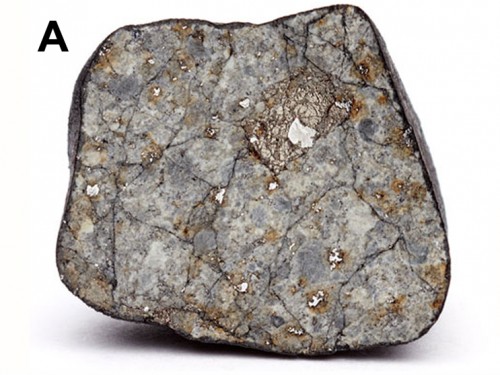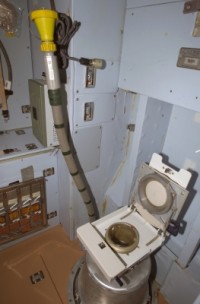Tag archives: Russia
Russia’s Joint Institute of Nuclear Research builds for the future

Zero resistance: the JINR is building superconducting magnets for both its new NICA facility and the FAIR heavy-ion collider being constructed at GSI Darmstadt.
By Susan Curtis
When our visit was running two hours behind schedule by lunchtime, I knew it was going to be a mind-expanding day. And there was certainly plenty to discover at the Joint Institute of Nuclear Research (JINR) in Dubna, some 120 km north-west of Moscow.
An international research centre bringing together 18 member states, the JINR has been in the news for its discovery of new superheavy elements (SHEs). According to Andrei Popeko, deputy director of the JINR’s Flerov Laboratory for Nuclear Reactions, all of the last six elements were first synthesized at the laboratory’s U400 cyclotron, in most cases using samples prepared at Oak Ridge National Laboratory in the US. The JINR is now building the world’s first SHE factory that will boost production efficiency by a factor of 50, which will allow the lab’s scientists to investigate the chemical properties of these short-lived elements.
View all posts by this author | View this author's profile
Russian bear opens its arms to international science

Free-market economic thinking is now being applied to Russia’s scientific sector. The GUM shopping centre in central Moscow. (Courtesy: Susan Curtis)
By Susan Curtis in Moscow
As an update to my last post, Russia’s deputy minister for science and education, Ludmila Ogorodova, accepted that the 1990s had been a period of crisis management for Russian science, and that in the 2000s plans for rebuilding the academic sector were hampered by lack of funding. But she also pointed to figures suggesting that Russian science has turned a corner over the past couple of years.
View all posts by this author | View this author's profile
Russian physics comes in from the cold

Physics powerhouse: the main building of the Moscow Institute of Physics and Technology. (Courtesy: Andrey Gusev)
By Susan Curtis in Moscow
It takes less than four hours to fly to Moscow from London, but it feels much more distant and mysterious. Even my colleagues at Physics World, who pride themselves on covering all of physics in all parts of the world, admit to a bit of a blind spot when it comes to Russian science, even though Russia has a strong tradition in physics as well as in mathematics and space science.
View all posts by this author | View this author's profile
Microwave pockets, space station strife and dreaming of Mars
By Hamish Johnston
The physics of how the contents of a microwaved pastry can become “hotter than the Sun” is the subject of an entertaining and informative blog entry by Ethan Siegel. He looks at the physics of heating “microwave pockets”, those roof-of-your-mouth-scalding savoury treats that appeared on shelves in the 1980s. He explains why the outer portion of a pocket can be extremely hot, while the interior remains frozen – and why pockets often explode when heated through.
Siegel’s been a bit cheeky and republished this entry from 2009, but I suppose it’s timeless and I’m sure you can still buy microwave pockets somewhere! His blog is called Starts With a Bang and the entry is entitled “Throwback Thursday: The physics of hot pockets”.
As the crisis in the Ukraine drags on, scientists are beginning to worry about the effect it could have on scientific collaborations involving Russia and the West. Several websites are reporting that Russia is threatening to ban US astronauts from the shuttles that travel to the International Space Station (ISS). Indeed, the Independent quotes Russia’s deputy prime minister Dmitry Rogozin as saying that it would be possible for Russia to independently operate its portion of the ISS, while the US would not be able to do so. Indeed both toilets on the ISS are Russian, so it could get very messy up there!
Chelyabinsk exposed: the anatomy of an asteroid impact

Exhibit A: a 4 cm-wide meteorite created by the Chelyabinsk asteroid explosion with “shock veins” in it. (Courtesy: Science/AAAS)
By Matin Durrani
If there is one thing that will be remembered about Friday 15 February 2013, it’s that it was the day when a massive asteroid blew up above the city of Chelyabinsk in Russia – creating the largest explosion on the planet since the one that occurred over the Tunguska river in Siberia in 1908.
But whereas hardly anyone saw or recorded information about the Tunguska explosion, the Chelyabinsk asteroid blew up over a relatively densely populated region and – perhaps more importantly – its journey through the air was recorded by numerous cameras and webcams that nervous Russian drivers love to install on their cars. Video footage of the event was soon seen by people all over the world.
Now, based on data from those videos and visits to some 50 local villages, researchers from the Czech Republic and Canada have published a paper in the journal Science detailing the trajectory, structure and origin of what they call the “Chelyabinsk asteroidal impactor”. The paper goes live on Thursday 7 November.
To save you the trouble of reading the full article, I’ve picked out a couple of factoids that might intrigue and interest you.
View all posts by this author | View this author's profile
